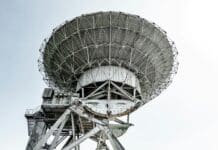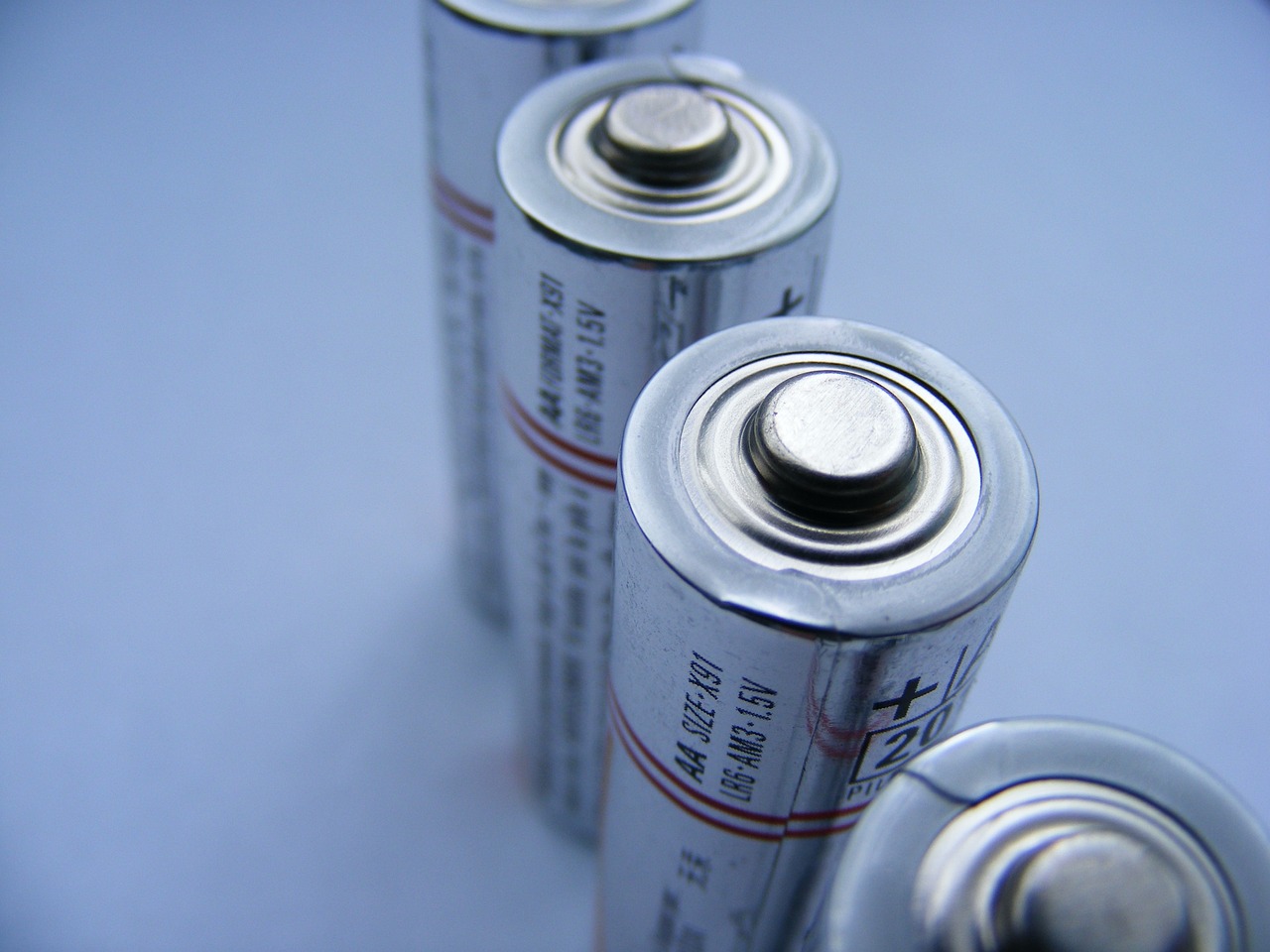This post is also available in:
 עברית (Hebrew)
עברית (Hebrew)
Ukraine has developed a new unmanned aerial system (UAS) designed to counter the growing threat of Iranian Shahed UAVs, which have been widely deployed by Russian forces. This new drone, built for quick deployment and effective interception, should assist in Ukraine’s ongoing efforts to protect its airspace.
The drone is launched from a mobile catapult, which allows rapid deployment, even by troops with minimal training in drone operations, according to NextGenDefense. The UAV has a carbon fiber shell and a fixed-wing design, and it is optimized for long-range flights at high altitudes, making it well-suited to engage the low-flying Shaheds. While specific performance details, including hit rates, have not been disclosed, the system is already being used in areas where Shaheds are most frequently detected.
Priced at approximately $5,000 per unit, the drone provides an affordable and scalable solution to the Shahed threat. Production is not state-funded; rather, it is driven by private donations and volunteer groups eager to expedite the deployment of these systems. Ukraine’s Air Command West, based in Lviv, is spearheading both the drone’s operational deployment and the training of drone pilots, mechanics, and support crews. This initiative is part of a broader strategy to bolster Ukraine’s anti-drone capabilities.
The new drone adds to Ukraine’s growing arsenal against the Shahed threat. With the success of these homegrown anti-drone systems, Ukraine is not only enhancing its own defense capabilities but also setting a new standard for rapid innovation in military technology. As drone warfare becomes an increasingly vital aspect of modern conflict, Ukraine’s efforts may offer valuable lessons on the importance of adaptability, private sector involvement, and international cooperation in countering emerging threats. The ongoing development of these systems will likely influence defense strategies globally, as nations look to bolster their airspace defenses against a new generation of UAVs.


























